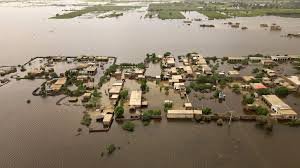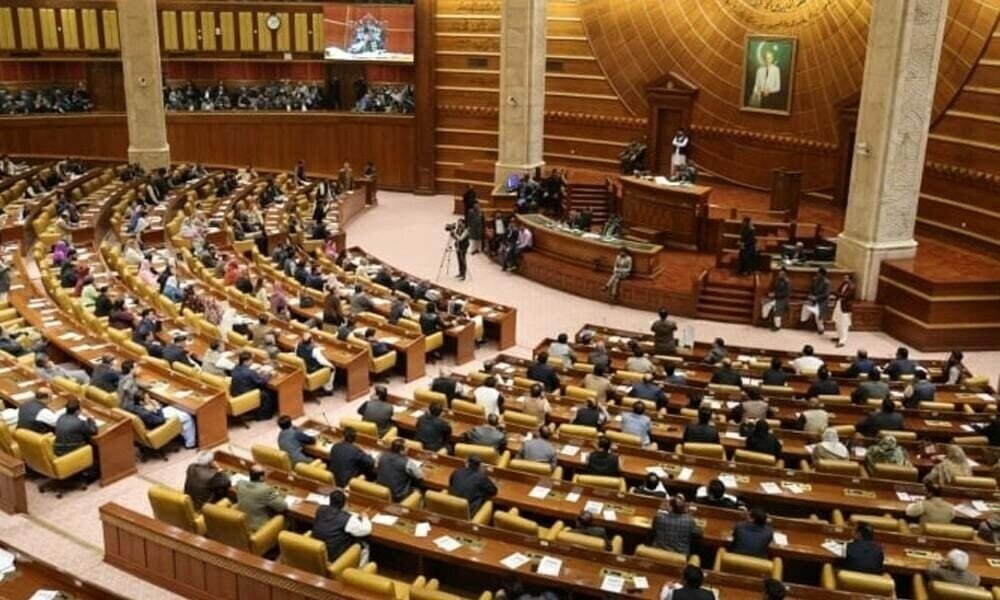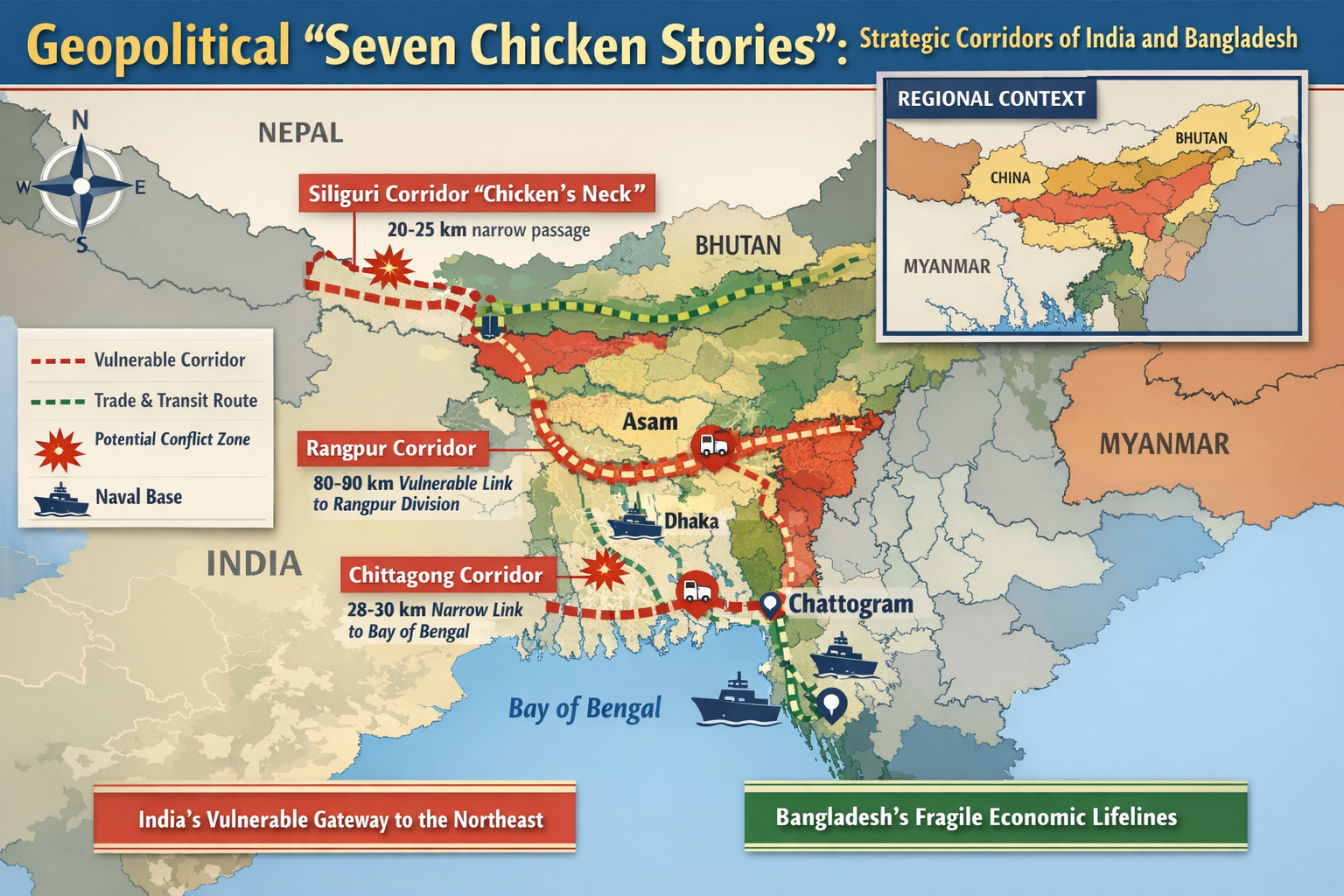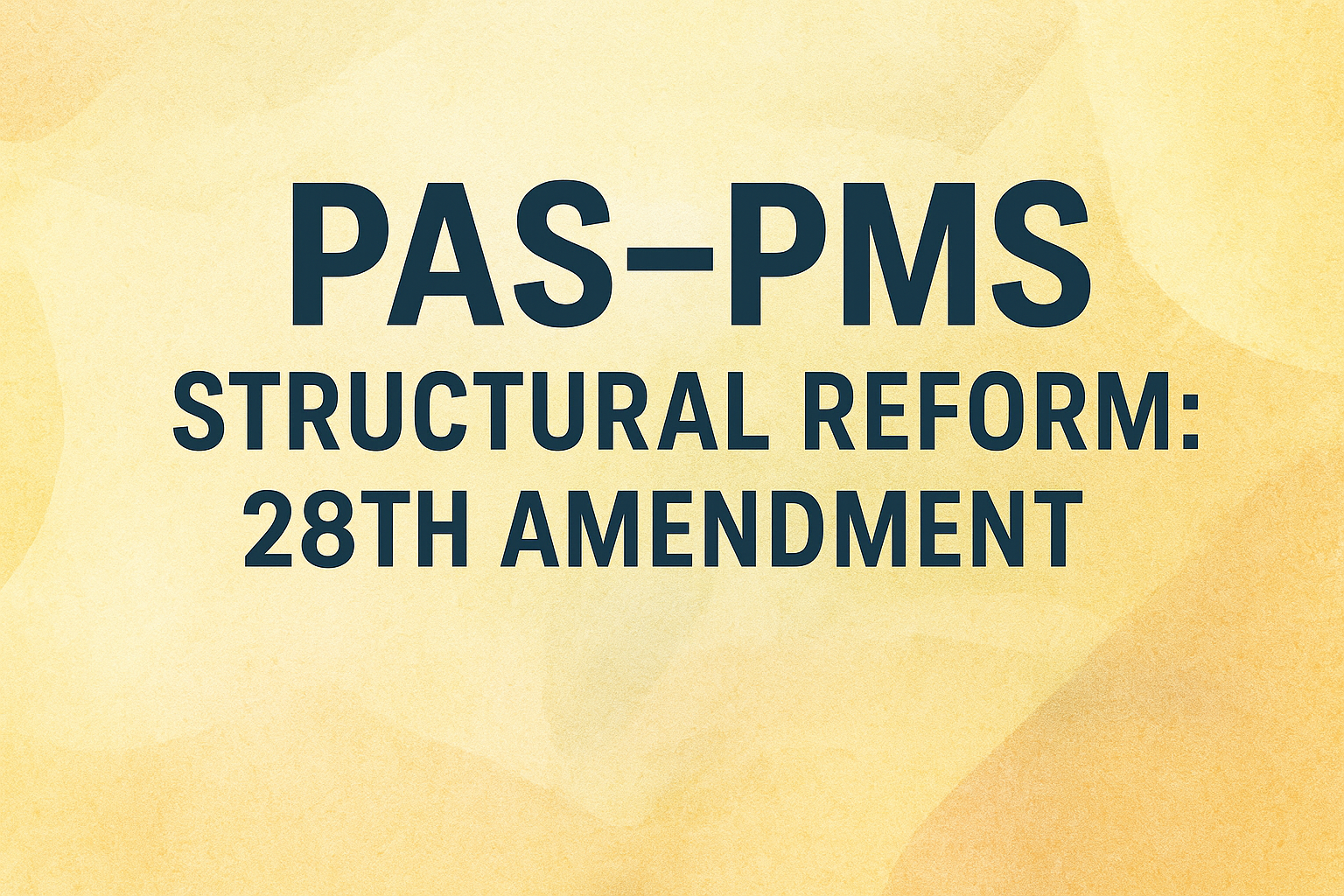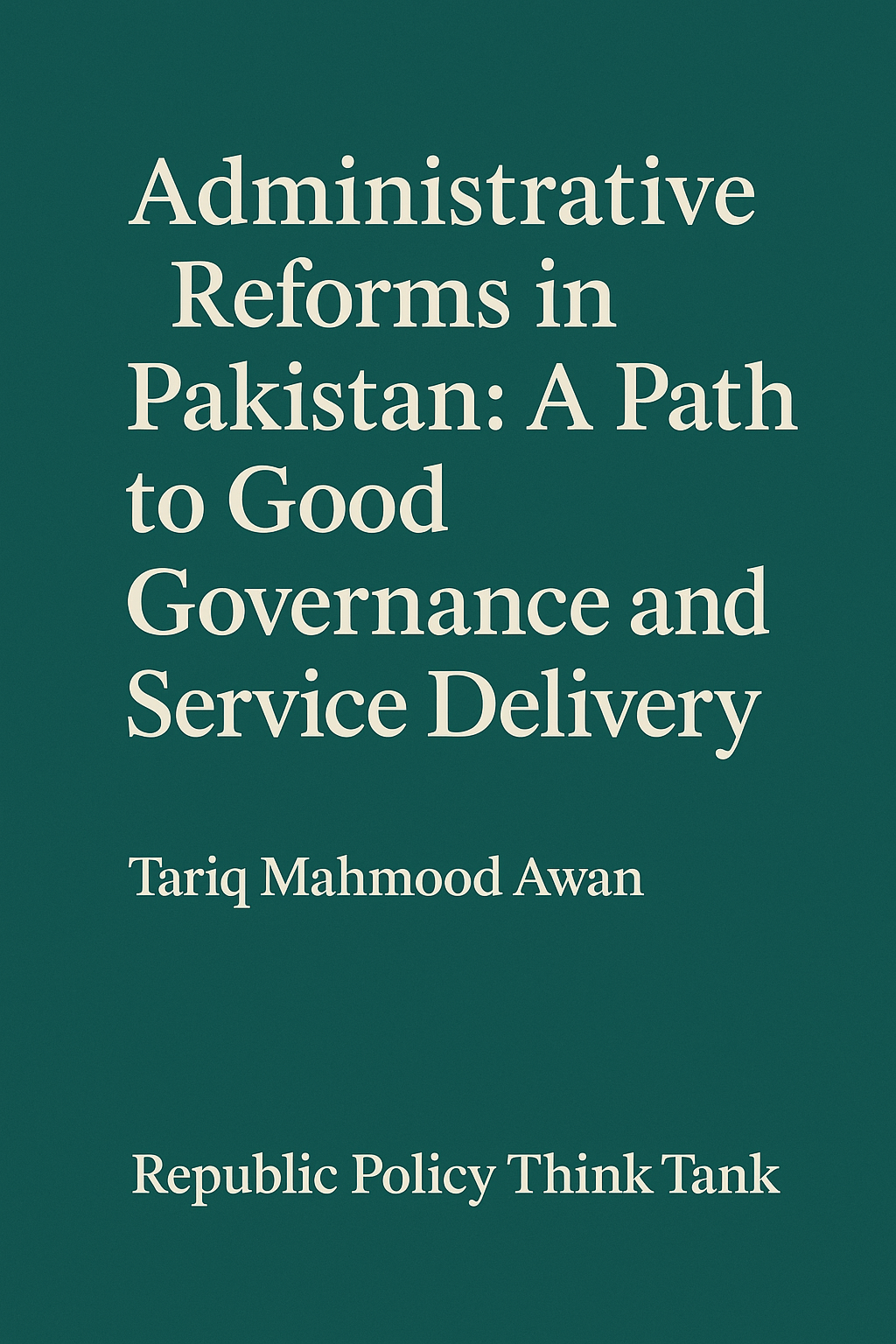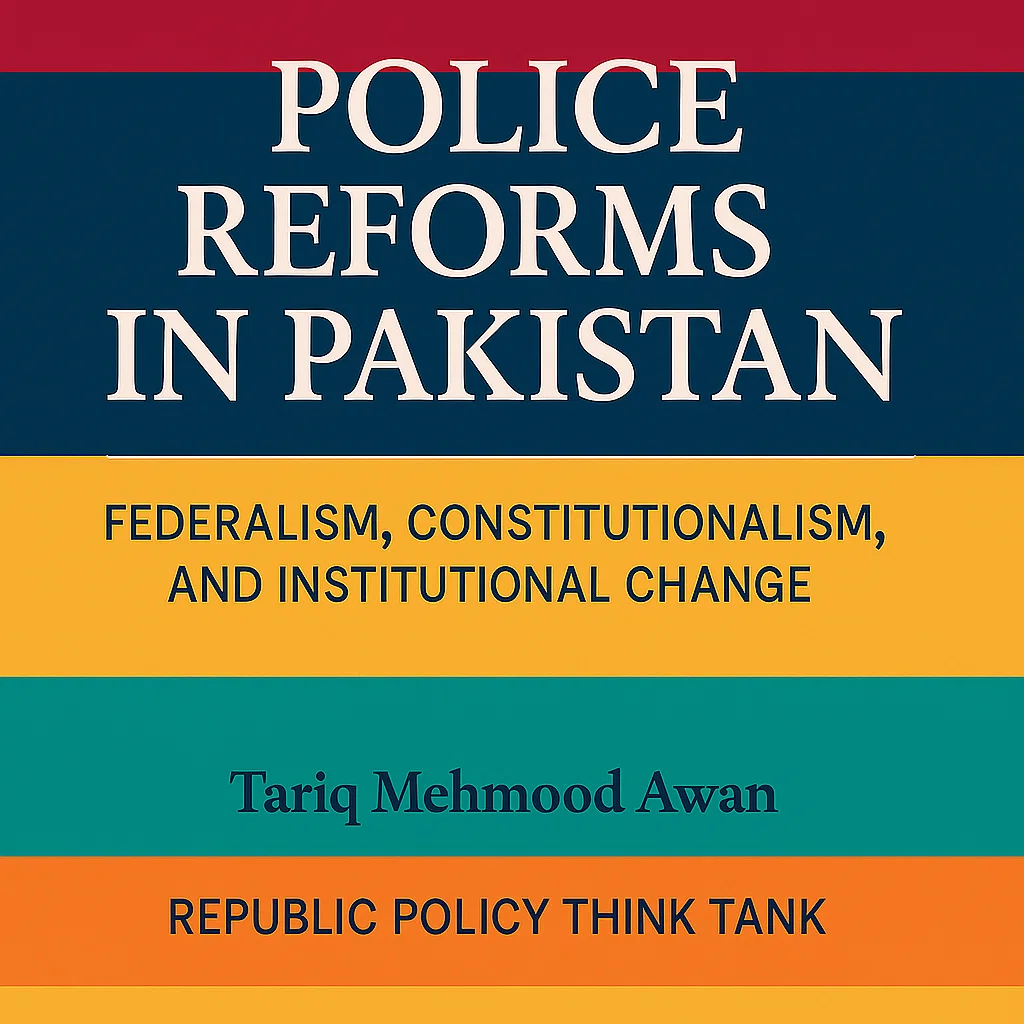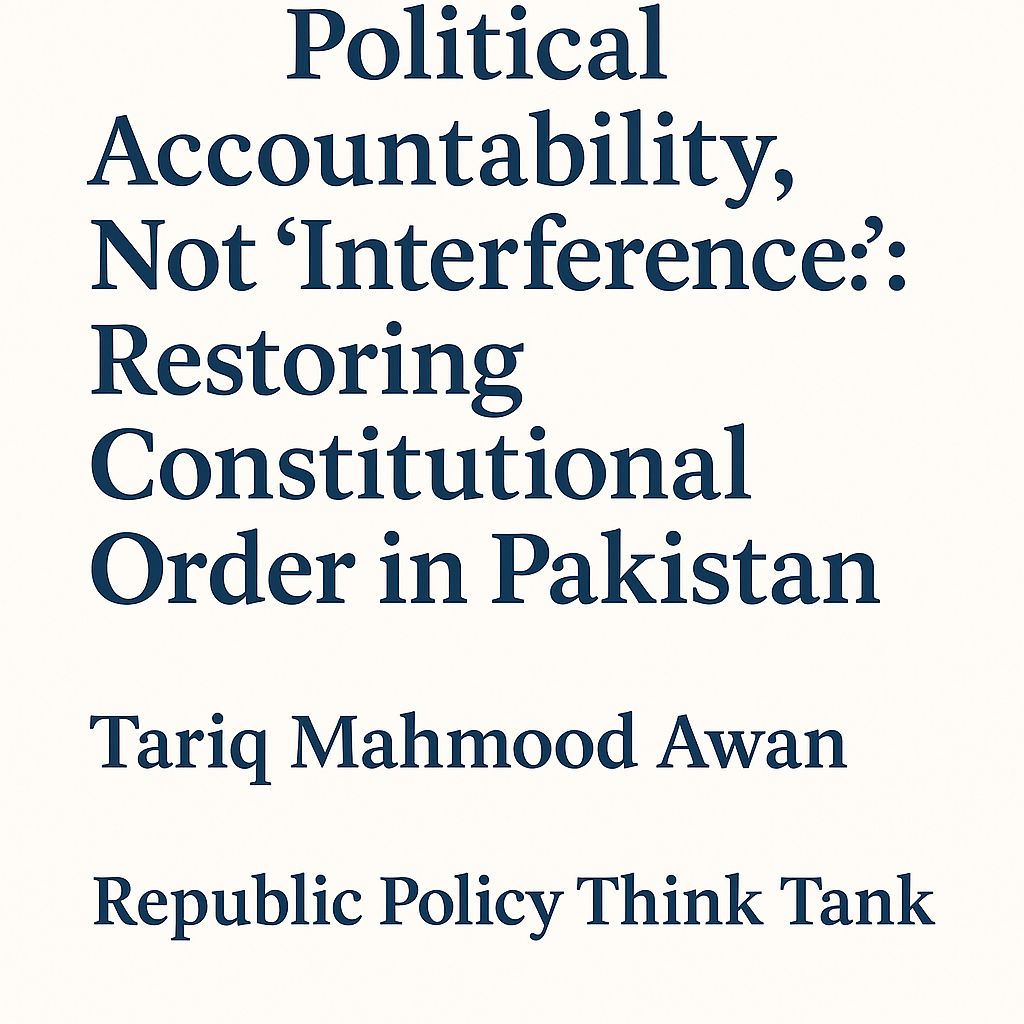Mohsin Laghari
Pakistan has the laws, the reports, and the knowledge to prevent flood devastation. What it lacks is the political will to enforce them. Floods are no longer an aberration in Pakistan; they are a cycle. Every few years, swollen rivers swallow homes, wash away crops, and push millions into displacement. From the Indus super floods of 2010 to the climate catastrophe of 2022 and now the inundations of 2025, we see the same story repeated with eerie precision. Yet what is most tragic is not the water itself, but the governance failure behind it. Pakistan has had reports, recommendations, and even legislation to prevent these disasters. Still, year after year, the waters return to remind us that paper reforms have not translated into protection on the ground.
As of late August, the National Disaster Management Authority (NDMA) reports at least 739 fatalities since the onset of monsoon in late June, with nearly 250,000 people displaced and over 1.2 million affected across Punjab’s eastern districts — particularly Sialkot, Narowal, Gujranwala, and Lahore. These areas, sitting along the Ravi and Chenab rivers, have been battered by a combination of river overflows and overwhelmed drainage channels. Downstream in Sindh, authorities brace for potentially catastrophic river flows as the surging Ravi and Chenab converge into the Indus. Meanwhile in Karachi, far from the river basins, heavy rains have paralyzed the city, exposing clogged nullahs and collapsed infrastructure. The Pakistan Meteorological Department (PMD) continues to warn of heavy rainfall into early September, underscoring that this disaster is still unfolding.
In the aftermath of the 2010 floods, the Punjab government constituted a judicial inquiry led by Justice Syed Mansoor Ali Shah. His report, tellingly titled A Rude Awakening, laid bare the rot in flood governance. It found the Federal Flood Commission acting like a “post office,” rubber-stamping projects without developing a national flood management plan. The Punjab Irrigation Department was condemned for lacking vision and expertise. Worst of all, the Commission revealed that flood protection works were often built to shield elite-owned lands, leaving poor farming villages exposed. Its recommendations included zoning, scientific embankments, early warning systems, and accountability for negligence. Yet, like many reports in Pakistan, it was shelved.
Punjab later passed strong laws: the Floodplain Regulation Act (2016) and the Irrigation, Drainage & Rivers Act (2023). These laws empowered the state to enforce zoning, mandate scientific embankments, prepare annual flood plans, and order evacuations. On paper, it was progress. In practice, the floods of 2022 and 2025 prove otherwise. Floodplain zoning is ignored, encroachments remain, and political influence protects the powerful while the poor are displaced. Hydrological modelling is bypassed for quick fixes. Warnings are issued in bureaucratic English but rarely reach communities in time. Accountability mechanisms are missing, leaving the same bureaucracy unchecked.
The consequences are plain. Villages that should never have existed in high-risk zones are swept away. Housing colonies on riverbeds face evacuation as the Ravi reclaims its natural course. In Sialkot, decades of nullah encroachment have turned drainage into a deadly trap. Farmers, already burdened with debt, now watch their crops washed out. Urban centers like Karachi, Lahore, and Sialkot remain crippled, not because we lack knowledge, but because we fail to act on it. This is not merely a natural disaster; it is a policy-made disaster.
Pakistan needs enforcement, not more paper. Independent oversight commissions must audit embankments and zoning annually. Floodplain laws must be enforced without fear or favor. Warnings must be translated into community-level action. Excess waters must be used for managed aquifer recharge. Above all, parliament must demand annual flood governance reports, not just post-disaster appeals. Emergency reforms — relocation of FPZ-1 settlements, real-time hydrological monitoring, preparedness drills, and transparent infrastructure databases — must be implemented immediately.
Pakistan’s floods are a mirror. They show us not just the power of rivers, but the weakness of our institutions. The tragedy is not ignorance — we have known since 2011 what must be done. The tragedy is inaction. As the 2025 floods unfold with devastating predictability — 739 deaths, nearly a quarter-million displaced, and over a million affected — the choice before us is stark. Continue the cycle of disaster, relief, and neglect, or finally enforce the protections we already possess. The waters of 2025 echo the same warning: prevention over politics, accountability over impunity, and safety of people over convenience.
The Writer is an ex-minister of irrigation and finance, government of the Punjab



